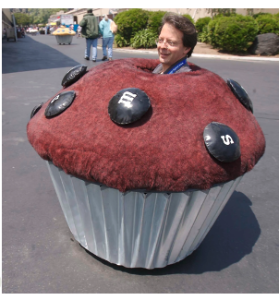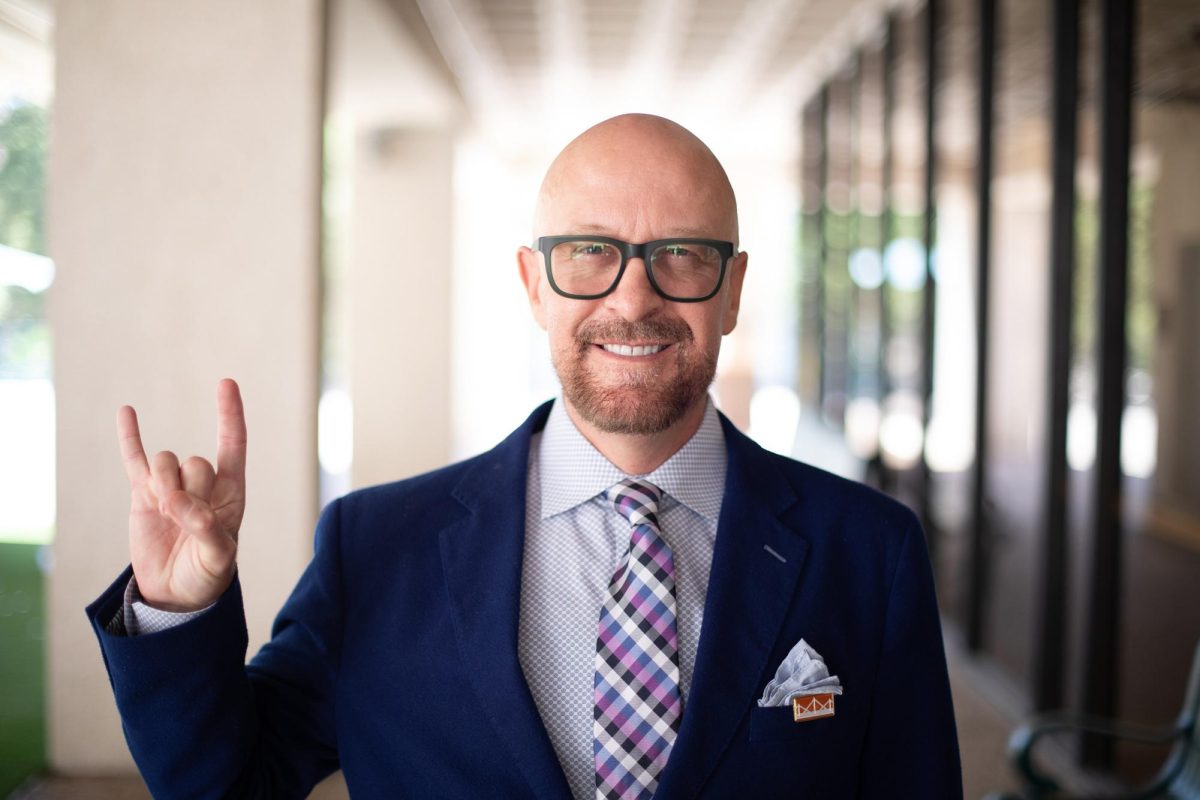Former Daily Texan editor-in-chief, Daily Texan Hall of Fame honoree and long-time New York Times reporter John Schwartz is returning to the University of Texas, teaching journalism at his alma mater and serving as associate director of U.T.’s new Global Sustainability Leadership Institute.
Here is his departure column from “Times Insider,” a feature published regularly in the Times to give readers insight into how the NYT works and into the people who work for it.
A Long, Joyful Ride
You know you have a good job when it lets you try a jetpack. But after 21 years of thrills at The Times, itʼs time for my next adventure: the classroom.
Times Insider explains who we are and what we do, and delivers behind-the-scenes insights into how our journalism comes together. We were somewhere above south Louisiana’s wetlands when the helicopter door popped open.
By John Schwartz
July 24, 2021
We were somewhere above south Louisiana’s wetlands when the helicopter door popped open.
If you want adventure, there is no better job in the world than being a reporter. Many of my colleagues have done heroic work as war correspondents, gone into hot zones to help cover Ebola or the coronavirus and witnessed heartbreaking conditions among the world’s poorest people. We all owe them a debt of gratitude.

I, on the other hand, have done what I love to do as a journalist largely focused on the role of science and technology in our lives: ride the rides. In 21 years at The New York Times, I have traveled in airboats, river dredges and a moon buggy prototype, flown in zero gravity twice and even (briefly) used a jetpack.
I have watched high school students blow up a watermelon, climbed down into Albuquerque’s sewers and stood safely in a metal suit that got zapped with a zillion volts of electricity. Along the way, I wrote stories for nearly every section of The Times.
What I do is definitely not heroic. But it isn’t frivolous either. I have tried to turn my experiences into stories that put readers on the scene, whether it’s watching workers restart the pumps to drain New Orleans after Hurricane Katrina or riding out subsequent Crescent City storms in the Army Corps of Engineers’ district headquarters right by the Mississippi levee, or flying in a two-person helicopter with a 22-
year-old daredevil as he used the aircraft to herd cattle away from floodwaters after Hurricane Harvey. (“Ryan,” his father asked soberly before we climbed in, “did you get him to sign the waiver?”)
Which brings me back to that other helicopter ride, when the door flew open.
I was sitting across from Kenneth R. Feinberg, the lawyer and trailblazing mediator who has fashioned victim compensation funds after tragedies like the Sept. 11 attacks, the Boston Marathon bombing and, on this steamy day in 2010, the BP oil spill. He was crisscrossing south Louisiana by car, a private plane paid for by BP and a state helicopter to squeeze in presentations in four communities on that day, urging those harmed by the environmental disaster to sign up for settlements.
I had arranged to travel with him for the day, and it was exhausting just trying to keep up. As the helicopter took us toward the state’s watery southernmost towns and the afternoon’s summer heat rose in the cabin, we were all feeling drowsy. Mr. Feinberg rested against the door.
Which opened.
Suddenly, the cabin filled with wind and the fierce noise of the rotors above. Mr. Feinberg was strapped into a harness, but his body still lurched to his left, toward the void. Despite the restraints, the moment was disorienting and terrifying, and Amy Weiss, Mr. Feinberg’s longtime spokeswoman, lunged to pull him fully into position while the two of us fought to close the door and jam down the locking lever.
Mr. Feinberg, his eyes wide, looked across at me and said with perfect delivery, “That would have been a story.”
Look in the dictionary under “aplomb.” Mr. Feinberg’s picture should be there. I saw a person who, even in an extreme moment, could recover with remarkable speed and still get off a good line, and felt that I knew him much better than I had at the beginning of that long day.
And then we landed, and he got out and gave another speech. And then one more. That’s a ride I wouldn’t have traded for anything.
At the end of the week, I will leave The Times for another dream job: teaching journalism at my alma mater, the University of Texas, and serving as associate director of U.T.’s new Global Sustainability Leadership Institute. It’s a different kind of adventure. As a teacher, I hope to help my students approach scientific topics without fear, and to communicate clearly; to ask good questions and demand honest answers. To help their future readers not just to understand, but to see, and to feel.
And to ride the rides.

